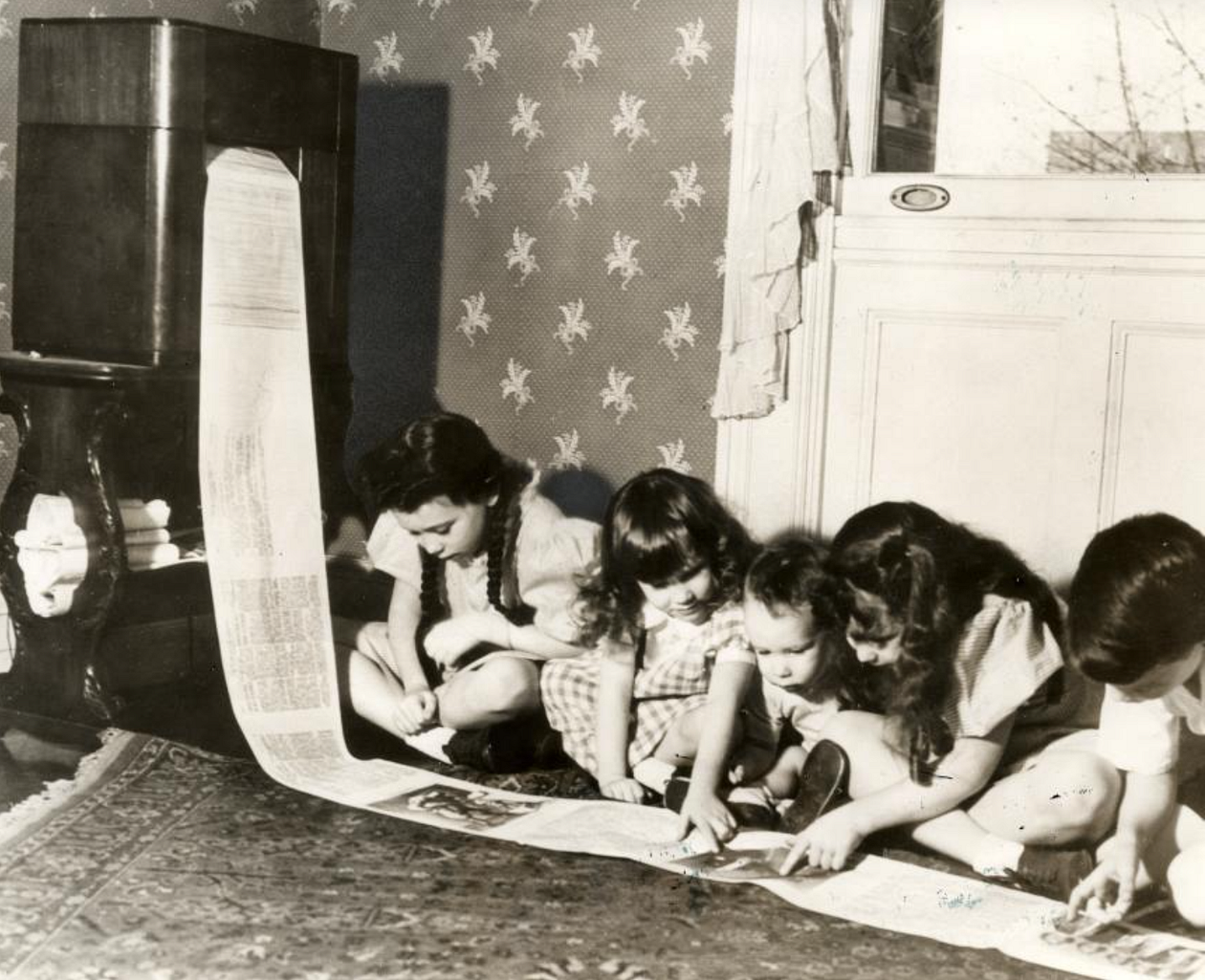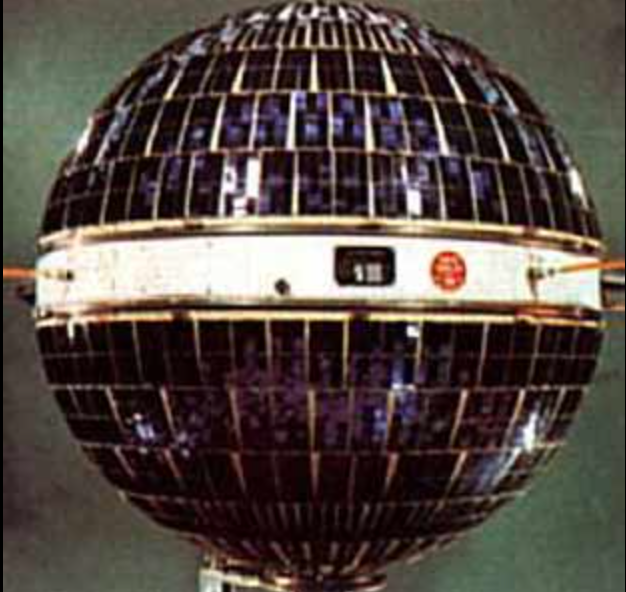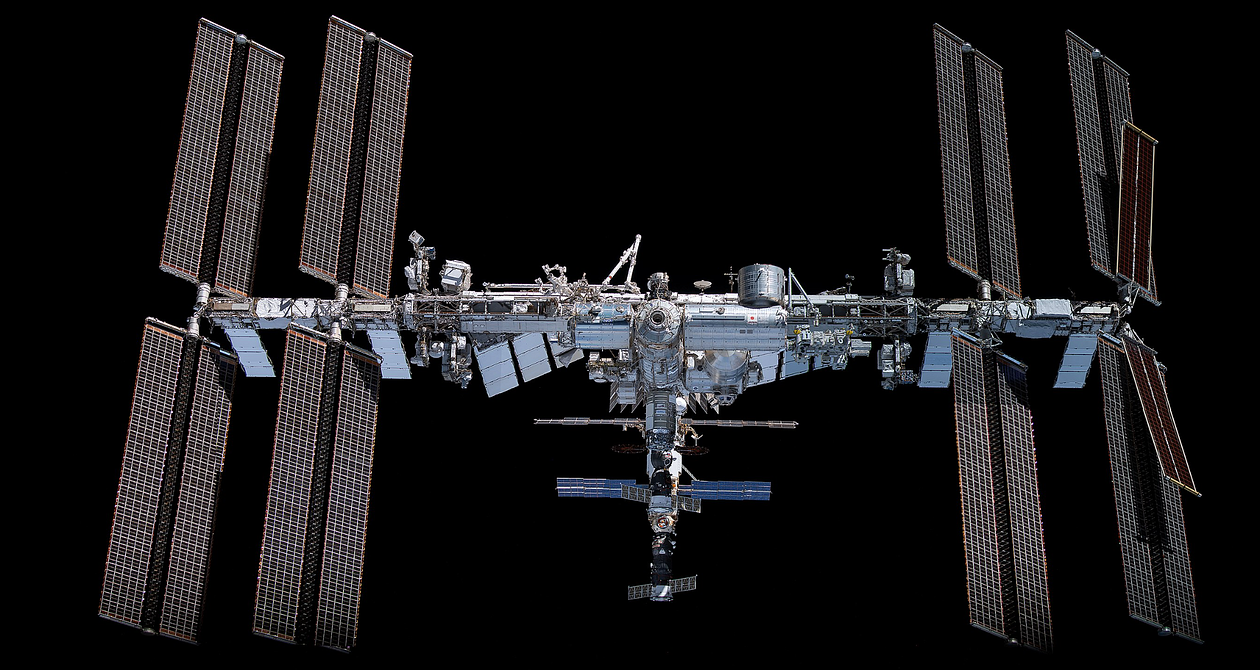What The Tech?! The Facsimile
The Facsimile reigned supreme before the implementation of email
In What the Tech?!, we’ve taken the time to explore some of the technology that was essential in helping us establish our connected world. We’ve looked at satellites and transistors along with everything in between.
However before the implementation of email, we needed a way to transmit images, quickly and cost effectively. And for a long time prior to the internet, that role fell to the fax machine. Still used by some professions in the modern world, it is in fact, the star of today’s article!
The Beginnings:
Despite taking until the 80’s to hit general mainstream acceptance, the development of the facsimile was in fact quite early.
First used in the interwar period of the 1920’s the fax machine took it’s first form in the shape of a Wireless Radiotelegraph, a device that used radio transmitters & the radio spectrum to transmit images without a cable to be seen.
Designed by Richard H Ranger, the Wireless Radiotelegraph was successfully tested on 29th November 1925, when a picture of US President Calvin Coolidge was sent transatlantic from the United States to London. While it would take some further time for Ranger’s machine to reach serviceability, it was notable as the first wireless transmission.
However like many technological innovations, this development didn’t happen in a vacuum. Around the same time that Ranger developed his machine, Edouard Berling was working on his Belinograph, and Rudolph Hell was working on his Helleschriber format proving that the race was on to prototype and standardize a world wide image transmission system that could be used world wide. Experiments with wireless newspapers were conducted in the late 1930’s however they had little success. Source: Wikipedia.
Experiments with wireless newspapers were conducted in the late 1930’s however they had little success. Source: Wikipedia. Helleschriber was a unique format that relied on double printed lines for error correction and mitigation. Source: Wikipedia
Helleschriber was a unique format that relied on double printed lines for error correction and mitigation. Source: Wikipedia
In the late 30’s experiment’s were conducted in relation providing wireless newspapers using AM transmission frequencies and a printer that corrected directly to a radio transmitter. While the system had potential, the cost of expensive thermal paper hit hard, with the specific printer costing even more. Because of this, despite lasting around ten years the system wasn’t popular with consumers, with little uptake and a distinct preference for newspapers. However the program, known as the Finch Facsimile laid the groundwork for future commercial gain decades later.
The first steps toward miniaturization would occur in 1940 with small units fitted to Western Union telegram delivery vehicles, standardising the ability to quickly receive transmissions on the go. Courier-1A was used for facsimile experimentation by the US military. Source: Wikipedia.
Courier-1A was used for facsimile experimentation by the US military. Source: Wikipedia.
At the time the military was also conducting experiments with facsimile in an attempt to test it’s functionality and reliability. This entailed operations via the Courier-1A satellite, with RF transmissions linking Puerto Rice, to the Deal Test Site with pictures successfully transmitted between stations.
Mainstream Adoption:
Despite the success of these earlier ventures, like many successful electronic devices, it would take miniaturization and commercial need to achieve mainstream success, with the transistor providing the means to make fax machines, small, reliable and cost effective.
The steps toward this was achieved in 1964 when Xerox Corporation released it’s LDX machine (long distance xerography) providing a reliable, commercialized service capable of sending both pictures and text. While the first machine was popular, it went through a revision after launch which set the standard for the modern day fax machine. Known as the Magnafax Telecopier, it was capable of being connected to any standard telephone line and was able to transmit a standard A4 sized document in around 6 minutes.
However it’s worth mentioning that despite it’s popularity, the “miniaturized” version of this machine still weighed in at a hefty 21.5 kg, proving that we still had some way to go in terms of commercial electronics.
The 60’s and into the early 70’s was a boom time for it’s development with Toshiba and other Japanese manufacturers entering the fray and providing competitive, commercialized models. “Fax” was a cover all term that applied to different modes, frequencies and data rates. Source: Wikipedia
“Fax” was a cover all term that applied to different modes, frequencies and data rates. Source: Wikipedia
However it’s worth mentioning that despite attempts at standardization, the 70’s into the late 80’s provided a vast array of different data rates and modulation types.
Why it Was Important:
Like many of the communication innovations we’ve discussed in these sections, part of the social benefit that came from development of these types of systems came from the ability to leverage data in a manner that was quick, affordable and reliable. While other methods like radio teletype and slow scan television imagery existed in the past, it’s quite fair to say that these were niche systems that often required dedicated transmitters, antennas and reception lines.
The fax machine made such an impact because it was able to leverage landline communication lines as well as being capable of reception via mobile stations. Because of this, while the concept of a fax machine may invoke images of a stale 80’s office environment the reality was in fact, far different. And it was one simple medium that made all the difference. Radiofax.
Leveraging the High Frequency airwaves, similar to the Finch system mentioned earlier in the article, RadioFax was an immediate success. Providing accurate and consistent coverage to mobile stations, it allowed the reception of the latest information to both marine and aviation stations. This allowed far more precise weather forecasting, with an immediate safety bonanza being provided. The best thing? Transmitting stations could send a single transmission to multiple stations, allowing the fast and reliable delivery of information. The system was so reliable in fact, that in many countries it remains in use today. Japanese HF Fax marine weather report. Source: Wikipedia.
Japanese HF Fax marine weather report. Source: Wikipedia.
In the white collar world, fax transmissions also established themselves as a form of communication that took a long time to be replaced by internet enabled options. The legal and medical professions in particular were still using fax transmissions to send medical records, legal documents and other administrative tasks that might require imagery or a signature for validation.
While email remained a great option for communication that didn’t take long to replace traditional mail, this ability to provide important information securely meant the fax remained a critical cog in the communications infrastructure into the late 2000's.
Into the Future:
While traditional voice telegraphy didn’t take long to be replaced by internet enabled options (including IP routing) like we mentioned earlier it took some time for backbone type systems in marine, aviation and law to be replaced with faster alternatives. In fact, it might surprise you to realize that in the medical field it took until the COVID-19 pandemic to look at and lock down suitable remote options.
Given the critical need for isolation as well as the need to treat critically ill patients, paired with the need to implement these systems quickly meant that we finally started to see options with regards to transmission of this important data using modern methods. However, the implementation of these new dynamics didn’t mean automatic reliability. Like many new systems there were teething issues, includes hacks, data breeches and privacy violations. Moving these communications to the cyber realm meant that some programs and data became more vulnerable to traditional type cyber attacks, and needed ongoing security and better implementation of policies and procedures.
It’s important to point out here that traditional FAX was by no means secure. RadioFAX was able to be received by any one with a suitable receiver and landline faxes were still vulnerable to traditional telecommunications interceptions. This was simply mitigated due to the fact that for the most part, the threat environment was different. Security by obscurity was still a thing back then.
Into the future, while we’ll still continue to see usage of the medium decline it’s expected this will still take a number of years to come to fruition. It’s option as a cheap backup is still noted even today, and when we look at things like satellites and space assets, a lot of those older systems remain viable due to the difficulties in building more modern replacement systems and getting them into orbit. The ISS has an extensive communications suite including an amateur station, and both Slow Scan and Fast Scan television down links. Source: Wikipedia.
The ISS has an extensive communications suite including an amateur station, and both Slow Scan and Fast Scan television down links. Source: Wikipedia.
This means you can still see and receive RadioFAX transmissions using a cheap, software defined radio dongle. While your reception options typically tend to vary according to your geographic location, the addition of orbital, space based assets mean that even the most remote locations will have an opportunity to detect transmissions at some point. If this is of interest to you, you should check out our series on software defined radio and radio hacking, where we’ll show you how to intercept both voice and imagery from space based assets. Come join us on the journey!
What the Tech?! is our recurring, twice monthly piece that explores the technology that was essential in shaping our modern world.
Medium has recently made some algorithm changes to improve the discoverability of articles like this one. These changes are designed to ensure that high-quality content reaches a wider audience, and your engagement plays a crucial role in making that happen. If you found this article insightful, informative, or entertaining, we kindly encourage you to show your support. Clapping for this article not only lets the author know that their work is appreciated but also helps boost its visibility to others who might benefit from it.
🌟 Enjoyed this article? Support our work and join the community! 🌟
💙 Support me on Ko-fi: Investigator515
📢 Join our Telegram channel for exclusive updates or.
🐦 Follow us on Twitter
🔗 Articles we think you’ll like:
- OSINT Unleashed: 5 Essential Tools for Cyber Investigators
- What the Tech?! GPS Technology
✉️ Want more content like this? Sign up for email updates here























